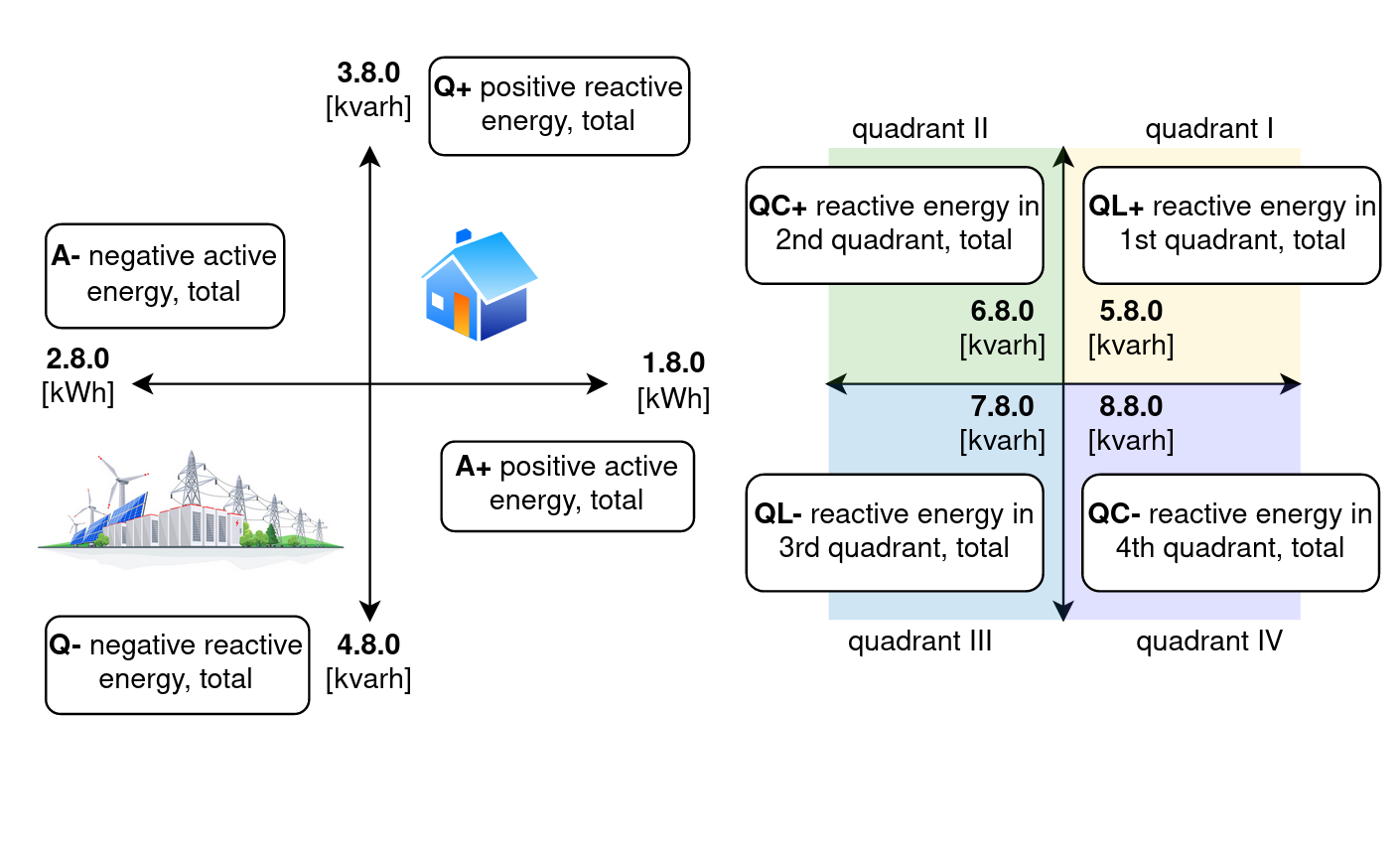Navigating through the complexities of energy consumption monitoring can be a daunting task, especially when it comes to understanding the technical aspects like OBIS codes. Recognizing the persistent interest in our technical documentation, we’ve crafted this blog post to shed light on the intricacies and common queries related to OBIS codes.
Whether you’re a novice grappling with the basics or a seasoned professional looking to refresh your knowledge, this post aims to guide through the multifaceted world of energy management. Dive in as we dissect and explore the world of OBIS codes, and for a deeper technical dive, our documentation is always available for further reading.
In the world of energy consumption monitoring, OBIS codes play a crucial role. They are not only the technical language of communication between meters and monitoring systems but also a bridge connecting users with precise data about their energy consumption.
What are OBIS Codes?
OBIS codes are specific codes that represent various types of energy measurements in meters. Thanks to them, it is possible to precisely determine how much energy was used in particular zones and how much energy was fed back into the grid.
For example, OBIS code 1.8.0 represents the value of total active energy consumed, while, for example, 1.8.1 and 1.8.2 can represent active energy consumed in a given tariff zone (day/night).
Active energy vs. reactive energy
Active energy is the energy you take from the power grid (from the operator) and put back into the grid when you feed it into the power grid, e.g. after producing it with PV panels. Reactive energy, on the other hand, is not related to doing useful work, but helps transmit energy through the system. It can be:
- Capacitive: stored in an electric field (similar to the energy of a charged balloon),
- Inductive: stored in a magnetic field (similar to the energy of a spinning magnet).
Both types are important for power system stability and efficiency.

Typical OBIS Meter Registers
According to the standard, besides classic measurement values (power, energy, voltage), other data, such as the meter’s operating status, can be recorded using OBIS codes. However, particular attention should be paid to classic measurement values, such as active energy, instantaneous power, or network parameters.
OneMeter: Advanced Energy Monitoring Solution
OneMeter is an innovative energy consumption monitoring device that utilizes OBIS codes to accurately determine various types of energy measurements. This enables users to better understand their energy usage and optimize costs. If you want to comprehend your energy usage better and utilize advanced monitoring features, investing in the OneMeter device is worthwhile. Choose the solution for yourself - Buy OneMeter.
If you want to delve deeper into the technical details regarding OBIS codes, acquaint yourself with our documentation dedicated to this topic - OBIS codes.

